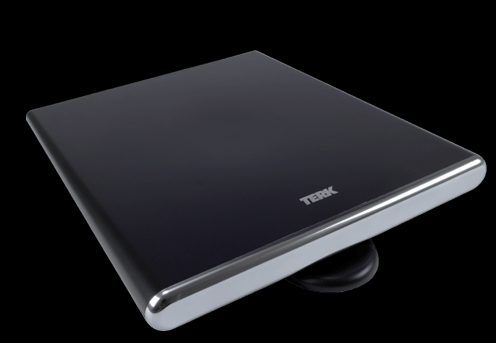It was early August, 2015 and Disney (DIS) had just created a ruckus by addressing “cord-cutting” and admitting softer than expected results at ESPN. Cord-cutting is the practice of cancelling subscription or pay-tv services like cable TV in favor of cheaper alternatives (including not watching TV at all). There is also growing interest in “never cords” – people who never bother to subscribe to such TV services. ESPN is the major sports network that Disney acquired in a $19B deal with Capital Cities/ABC back in 1996.
Eager to understand this dramatic turn of events for Disney, I sat down to talk to a friend who is a big fan of Disney (the company) and dedicated shareholder. I got a lot more than I expected. I received advice that will save me about $90 per month: get rid of my cable subscription. This ironic advice from a DIS shareholder was surprising, but it made a lot of sense. This post is my story of how I quickly joined the small but growing group of cord-cutters.
The HD (high-definition) antenna is a central core part of the solution. This antenna receives the digital signals from local broadcast television stations. I am VERY embarrassed to admit that after all these years I never understood that the signals from traditional broadcast stations are still available over the air…for free. I thought the elimination of the old analog signals meant that everyone had to get cable to access local television broadcasts. Not so.
The U.S. made the final transition from analog to digital signals in 2009 in line with a mandate from the Federal Communications Commission (FCC). My friend delivered a revelation: all these years I misunderstood the mandate as eliminating analog broadcasts in favor of digital transmission through a cable. Based on conversations I have had with others, I strongly suspect I am far from alone in this mistaken notion.
I next did my research and experimented with the HD antenna options. I decided to go to Best Buy (BBY) to make my purchase to facilitate rapid iterations. I did not want to wait through shipping cycles to receive and return antennas through an online site like Amazon.com (AMZN). As it so happens, AMZN does not seem to offer any bargains in this category anyway. Best of all, I did not have to spend hours poring over customer reviews while trying to sort through conflicting opinions. A helpful Best Buy customer service agent introduced me to the available options, gave me a high-level review of the performance of the antennas, and revealed his direct experience with customer returns.
I concluded I would be better off going straight for the high-end. I chose a Terk amplified omni-directional digital flat antenna. At the time of writing, it cost $80 at Best Buy.

The Terk amplified omni-directional digital flat antenna
I ended up sticking with this antenna and did not even bother trying out any others. I like this antenna because of its flexibility. You can place it anywhere. It does not need to sit in or near a window. It has a stand for placing it vertically. After plugging the antenna into the television and scanning for channels, I was absolutely stunned to discover 75 channels (many of them non-English) all broadcasting in high-fidelity, high-resolution, digital brilliance!
I had to get used to the numbering for the digital stations. Some websites exist to help explain the local options and explain some digital TV concepts. For example, I found a helpful site maintained by Larry Kenney and Bill Choisser for the San Francisco Bay Area. Terk provides a page for locating local broadcast towers along with channel listings based on a zip code.









Leave A Comment